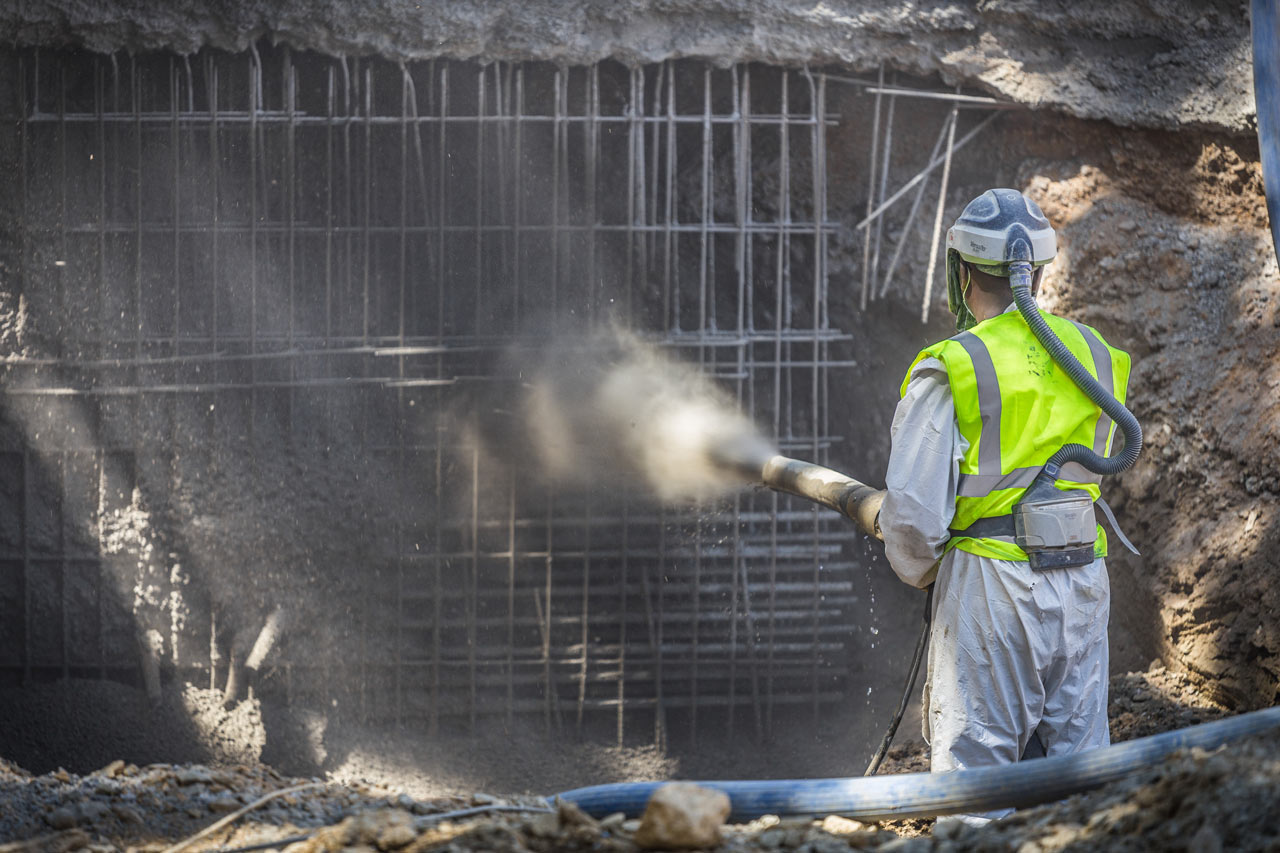
Looking to build a chicken coop? Here’s how much it costs to hire a carpenter or handyperson, what factors affect cost, and what to expect.



The typical pneumatic vacuum elevator produces sound levels comparable to household appliances, ranging from 60 to 70 decibels during operation. This noise level is similar to normal conversation or background music in most homes. Some homeowners choose to add sound insulation around the elevator shaft in living areas where quiet is particularly important. Modern models continue to improve with quieter motors and better-sealed cabins.
Pneumatic vacuum elevators include safety features that allow for controlled descent during power failures. The system is designed to gradually release air pressure, enabling the cab to slowly lower to the bottom floor. For those concerned about outages, backup power systems ranging from $2,000 to $12,000 can be installed to maintain full functionality. The passive descent feature ensures passengers won't become trapped between floors.
These systems require less maintenance than traditional elevators due to their simpler mechanical design. Annual service visits costing between $200 and $500 include inspection of pressure seals, air valves, and control systems. Unlike conventional elevators with numerous moving parts, pneumatic systems have fewer components that need regular replacement or adjustment, potentially reducing long-term maintenance expenses.
While versatile, pneumatic vacuum elevators do have specific requirements for successful installation. Your home needs adequate vertical clearance between floors and sufficient structural support at the base. Some properties may require modifications to accommodate the cylindrical shaft. A professional assessment can determine whether your home's configuration is suitable or what adaptations might be necessary for installation.
With appropriate care and maintenance, pneumatic vacuum elevators provide reliable service for approximately 20 to 25 years. Regular upkeep significantly influences longevity, as does usage frequency and environmental factors. Many systems can exceed their expected lifespan when owners follow maintenance schedules and address minor issues promptly before they develop into more significant problems.
From average costs to expert advice, get all the answers you need to get your job done.

Looking to build a chicken coop? Here’s how much it costs to hire a carpenter or handyperson, what factors affect cost, and what to expect.

Shotcrete cost depends on size, design, and location. Discover factors that drive price and learn how to budget for your next concrete spray project.